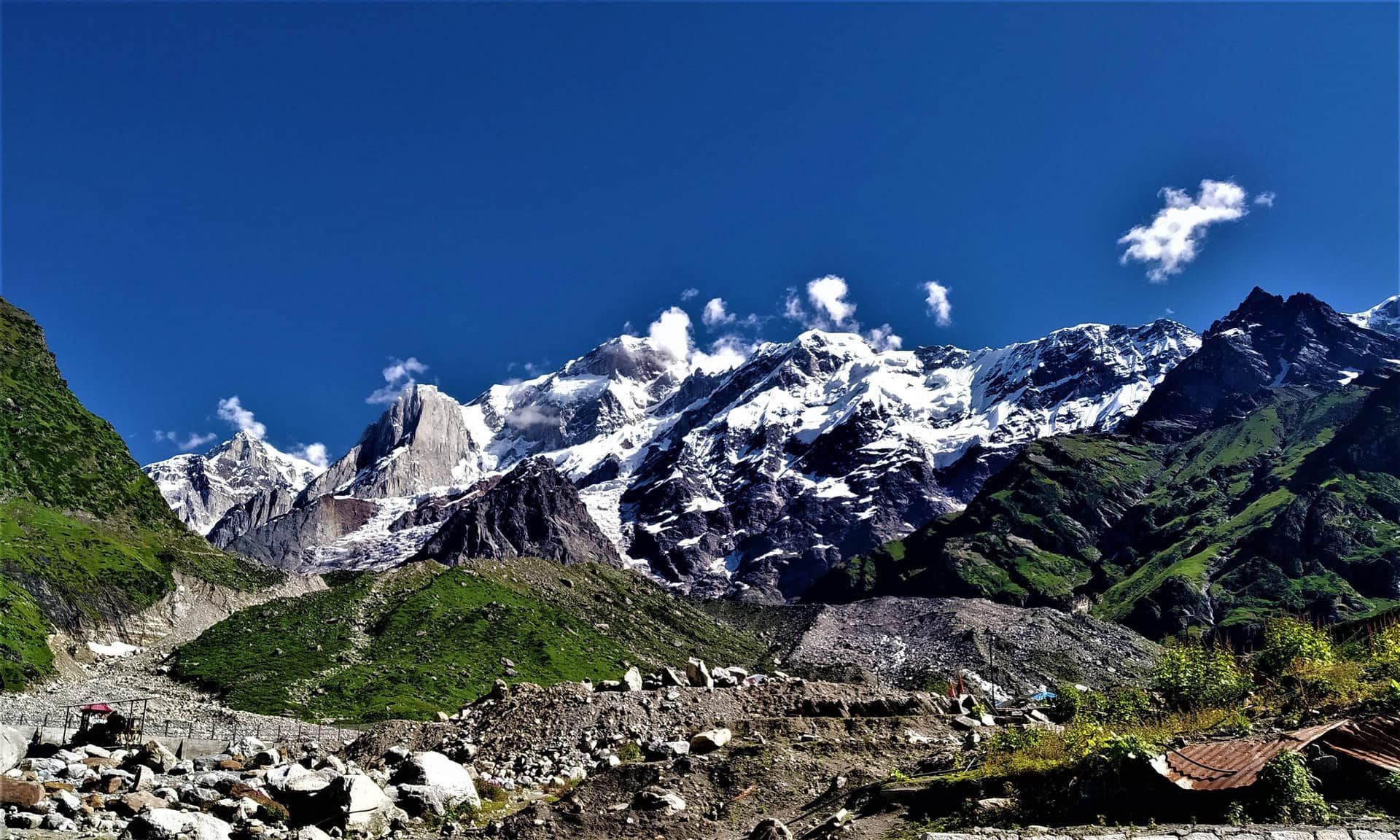About Kedarnath Wildlife Sanctuary (KWS)
- Location: The KWS, famously known as the Kedarnath Musk Deer Sanctuary, is located in the Rudraprayag and Chamoli districts of the state of Uttarakhand.
- It was named after the famous Hindu temple of Kedarnath, which lies outside the northern border of the sanctuary.
- Its alternate name comes from its primary purpose of protecting the endangered Himalayan musk deer.
- It is the largest protected area in the western Himalayas.
- The sanctuary was established in 1972, covering a total area of 975.20 km2.
- It lies in the upper catchment of the Alaknanda and Mandakini Rivers.
- The altitude ranges from 1,160 to 7,068 m.
- It is bordered by Kedarnath (6940 m), Mandani (6193 m), and Chaukhamba (7068 m) peaks in the north.
- The area falls under the West Himalayan Zone in the Palearctic realm.
- Vegetation:
- It is covered with temperate forests.
- The higher and upper regions possess the sub-alpine and alpine coniferous forests.
- At high altitude, lush green meadows envelope the entire region.
- Flora: Oak, rhododendrons, Chir Pine and Alpine meadows along with several Himalayan flowering plants.
- Fauna: Some of the mammals are Musk deer, Himalayan Thar, Himalayan Black bear, Snow Leopard, etc, and some birds like Monal, Koklass, and Himalayan Griffon, etc.
Q1) What are temperate forests?
Temperate forests are a type of forest ecosystem found in regions with moderate temperatures and ample rainfall. These forests are characterized by their mixture of deciduous and evergreen trees, as well as a diverse array of plant and animal species. Temperate forests are found in regions such as the northeastern United States, parts of Europe and Asia, and the southeastern coast of Australia. They are dominated by a variety of tree species, including deciduous species such as oak, maple, beech, and hickory, as well as evergreen species like pine, spruce, and hemlock.
Source: Chopper firm in the soup after Sara Ali Khan landing in Kedarnath restricted zone
Last updated on November, 2025
→ Check out the latest UPSC Syllabus 2026 here.
→ Join Vajiram & Ravi’s Interview Guidance Programme for expert help to crack your final UPSC stage.
→ UPSC Mains Result 2025 is now out.
→ UPSC Notification 2026 is scheduled to be released on January 14, 2026.
→ UPSC Calendar 2026 is released on 15th May, 2025.
→ The UPSC Vacancy 2025 were released 1129, out of which 979 were for UPSC CSE and remaining 150 are for UPSC IFoS.
→ UPSC Prelims 2026 will be conducted on 24th May, 2026 & UPSC Mains 2026 will be conducted on 21st August 2026.
→ The UPSC Selection Process is of 3 stages-Prelims, Mains and Interview.
→ UPSC Result 2024 is released with latest UPSC Marksheet 2024. Check Now!
→ UPSC Prelims Result 2025 is out now for the CSE held on 25 May 2025.
→ UPSC Toppers List 2024 is released now. Shakti Dubey is UPSC AIR 1 2024 Topper.
→ UPSC Prelims Question Paper 2025 and Unofficial Prelims Answer Key 2025 are available now.
→ UPSC Mains Question Paper 2025 is out for Essay, GS 1, 2, 3 & GS 4.
→ UPSC Mains Indian Language Question Paper 2025 is now out.
→ UPSC Mains Optional Question Paper 2025 is now out.
→ Also check Best IAS Coaching in Delhi

















